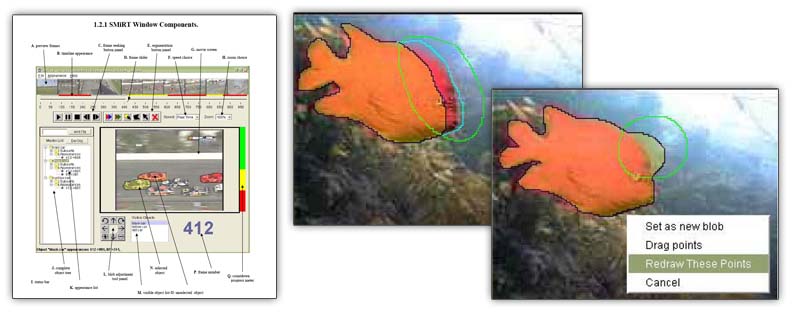Content-Aware Desktop
PHD CANDIDATE (COLUMBIA UNIVERSITY)
This was an interdisciplinary project with Columbia University natural language researchers and medical doctors at the New York Presbyterian Hospital. I developed a prototype application in which physicians could peruse patient daily status notes using CASTLE, a prototype user interface that incorporated my content-aware interaction techniques, including content-aware transparency (CAT), content-aware scrolling (CAS), and content-aware layout (CAL). Using my system, a physician was presented with patient status notes written by them (or other physicians) that allowed them to easily make inferences about a patient's daily progress.
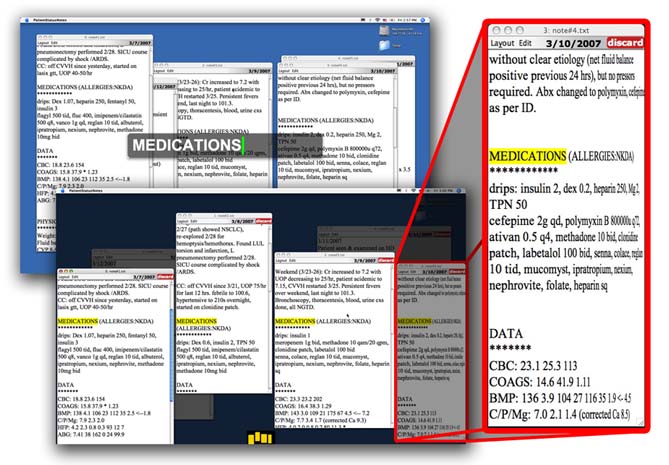
PHD CANDIDATE (COLUMBIA UNIVERSITY)
I invented content-aware scrolling (CAS), an approach that takes into account various characteristics of document content to determine scrolling direction, speed, and zoom. I also created the CAS widget, which supports scrolling through a content-aware path using traditional scrolling methods, demonstrating the advantages of making a traditional technique content-aware. CAS has been shown to improve productivity when both perusing and searching through a document on mobile and desktop environments. I currently have a patent application open for CAS.
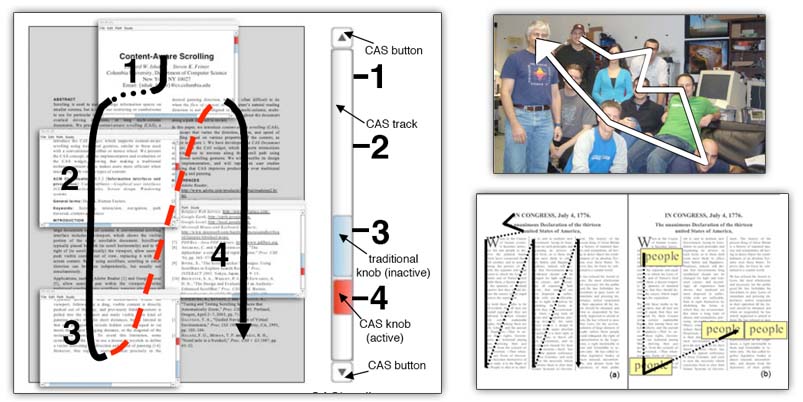
PHD CANDIDATE (COLUMBIA UNIVERSITY)
I invented content-aware transparency (CAT), which uses opaque-totransparent gradients and image-processing filters to minimize the interference from overlapping material, based on properties of that material. By increasing the amount of simultaneously visible content and allowing basic interaction with otherwise obscured content, without modifying window geometry, CAT has been shown to improve productivity.
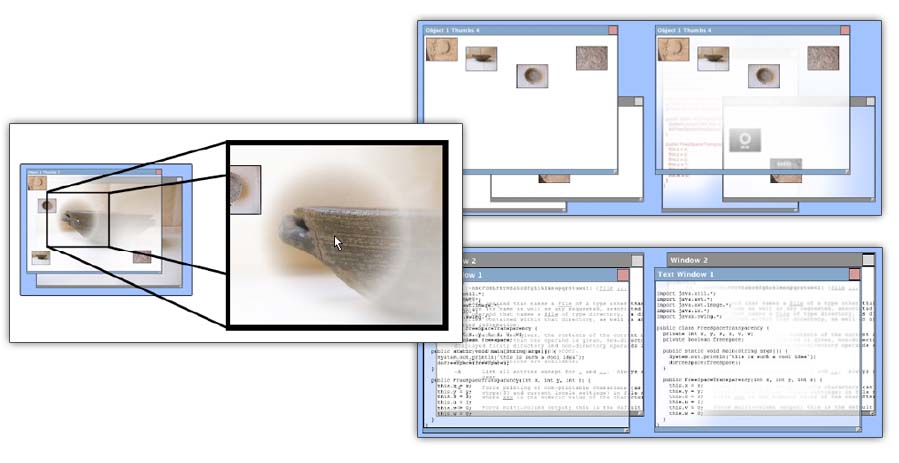
UI RESEARCH INTERN (PARC)
This is a project I worked on at the Palo Alto Research Center (PARC) in the Summer of 2005. Entity Workspace was originally designed for Government Intelligence analysts during an investigation to sift through hundreds (or even thousands) of documents very quickly. Based on the documents the agent had already read and the entities within those documents that s/he had marked as interesting, the system would propose new documents to read based on relationships between entities and documents. Entity Workspace is now being applied to other domains, such as medicine.
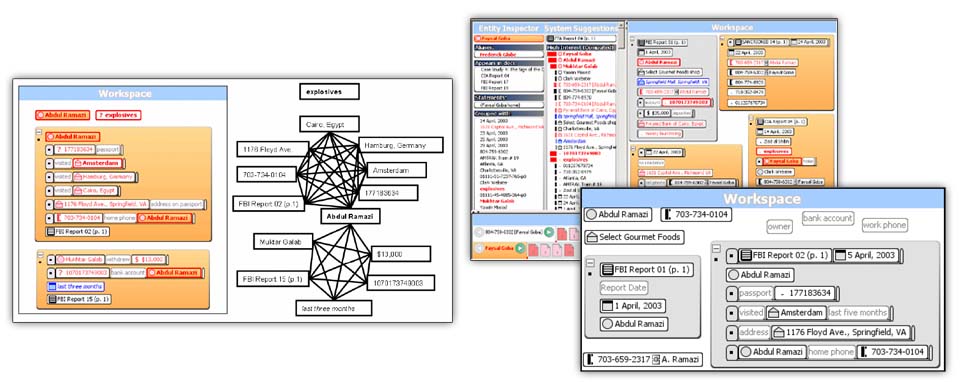
SMiRT: Segmenting Movies in Real Time
GRADUATE RESEARCH ASSISTANT (COLUMBIA UNIVERSITY)
This was my Master's project in collaboration with Blaine Bell. SMiRT is a mixed-initiative application that allows a user to interactively segment video objects both spatially and temporally in near real-time using interaction techniques and optical flow algorithms. After segmentation, a user can annotate the video (e.g., labeling objects with text labels) without overlapping other objects in the same scene.
